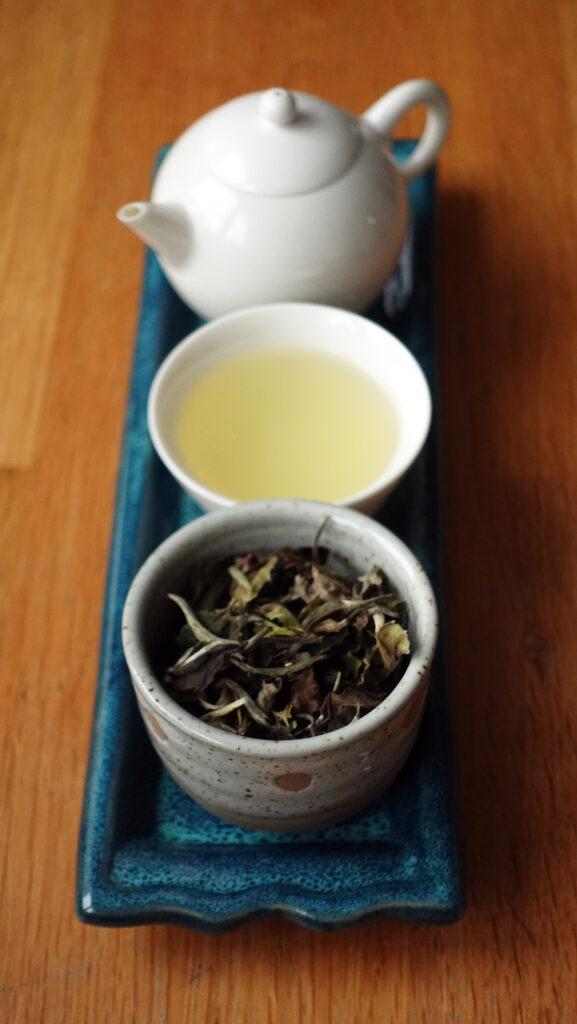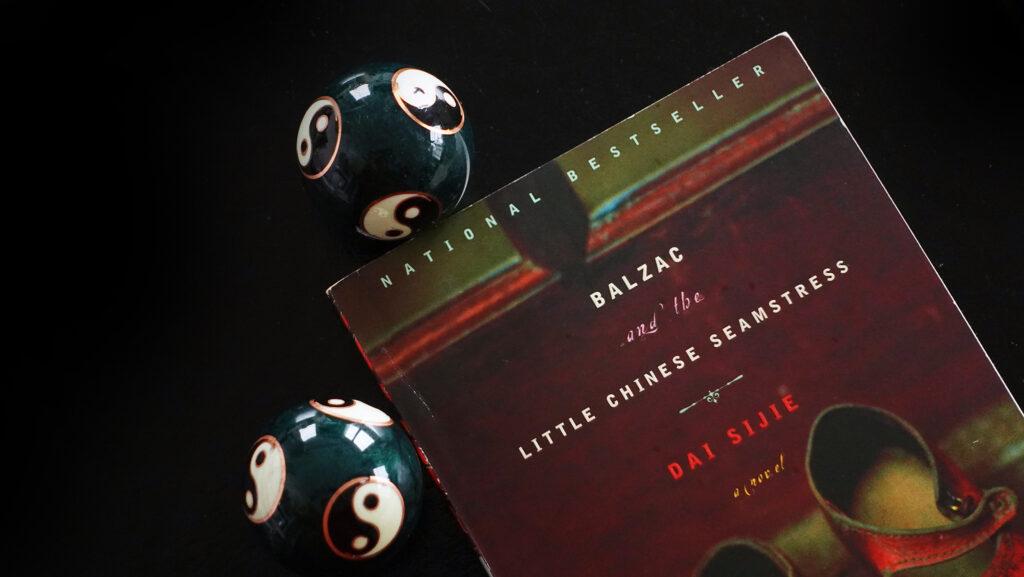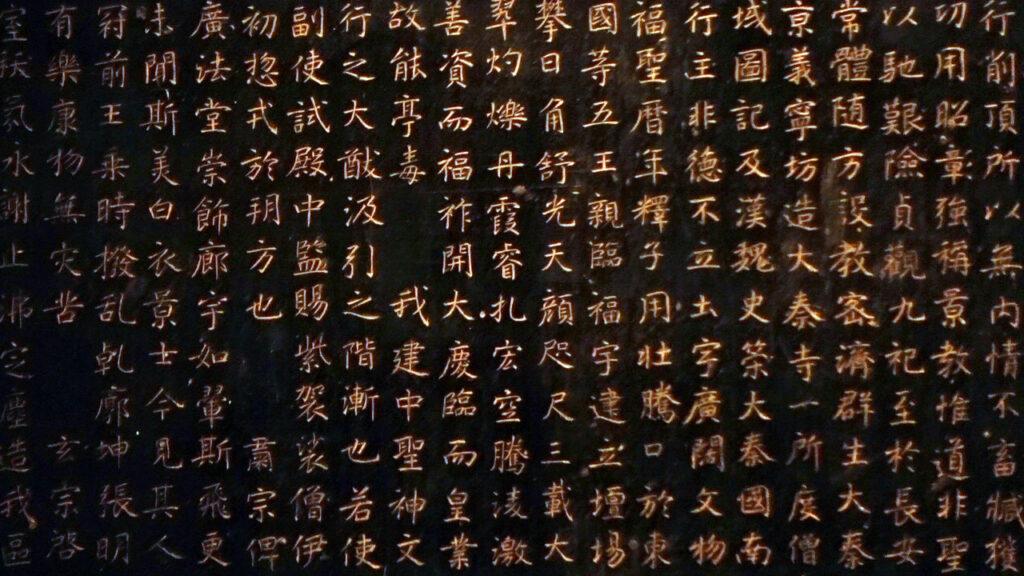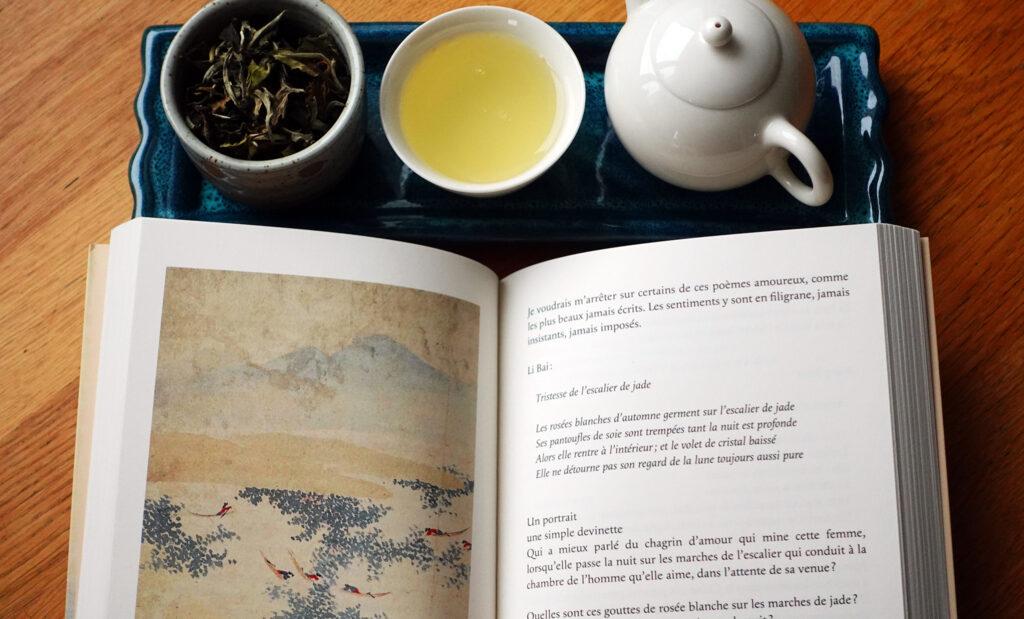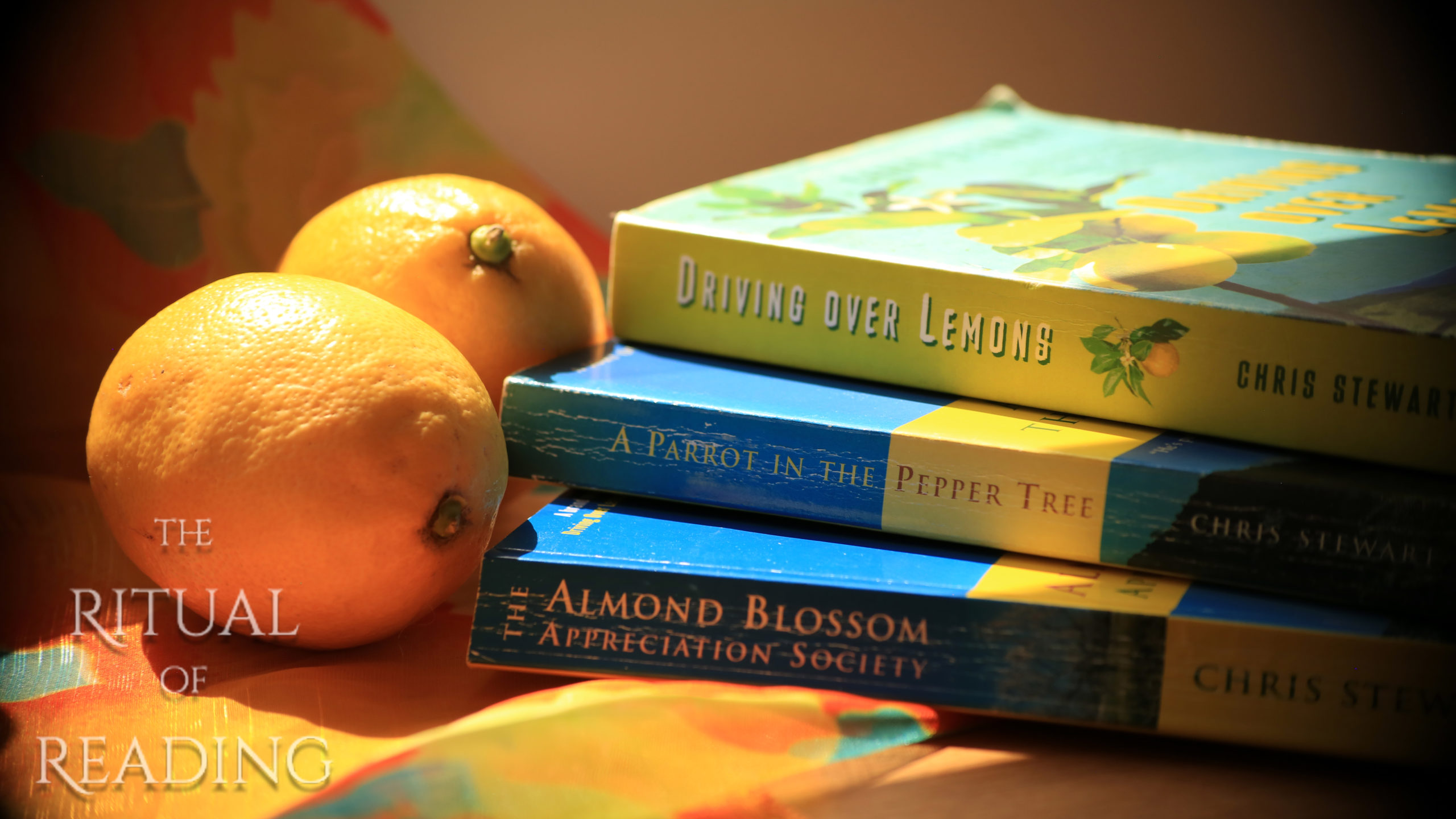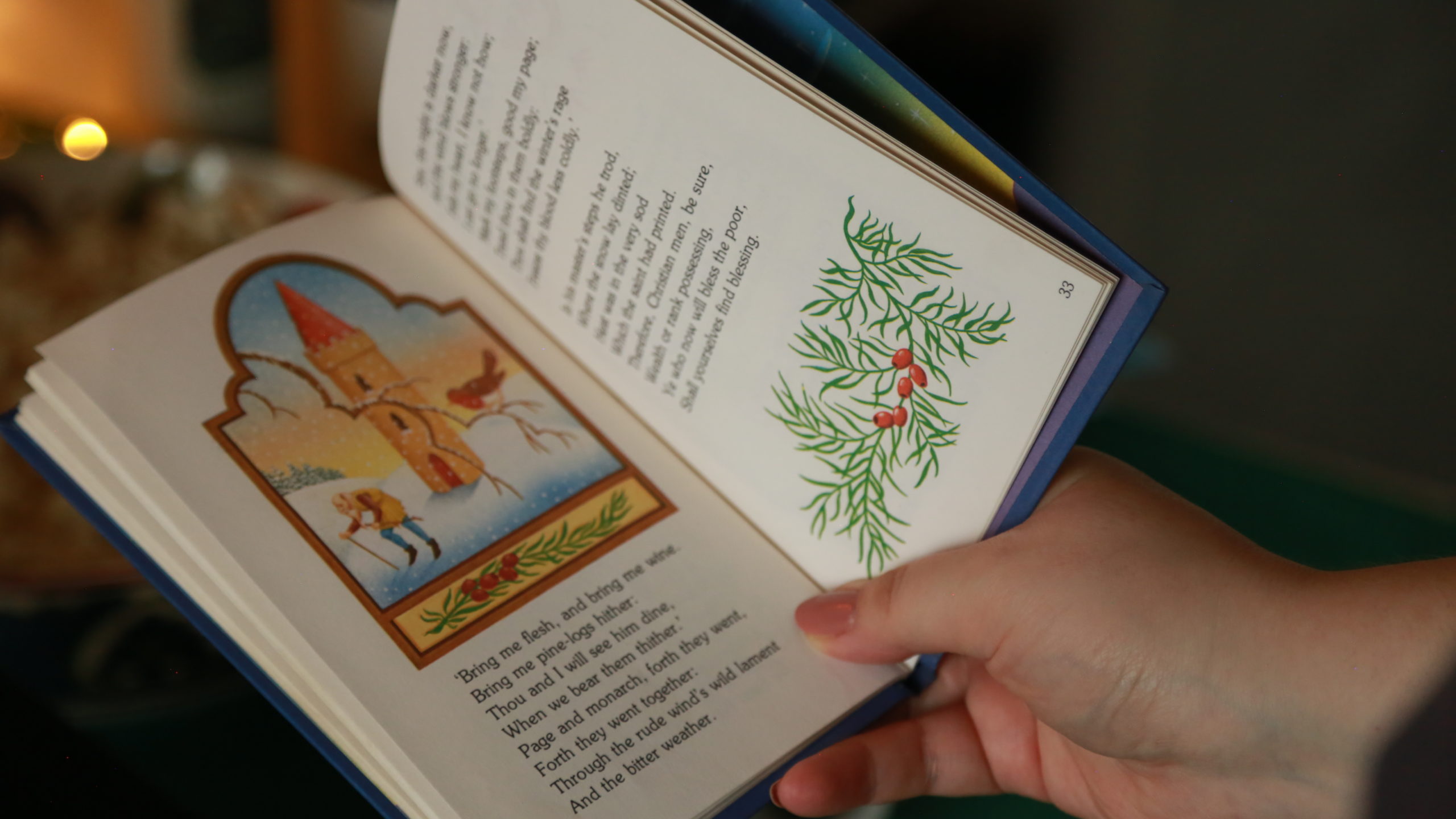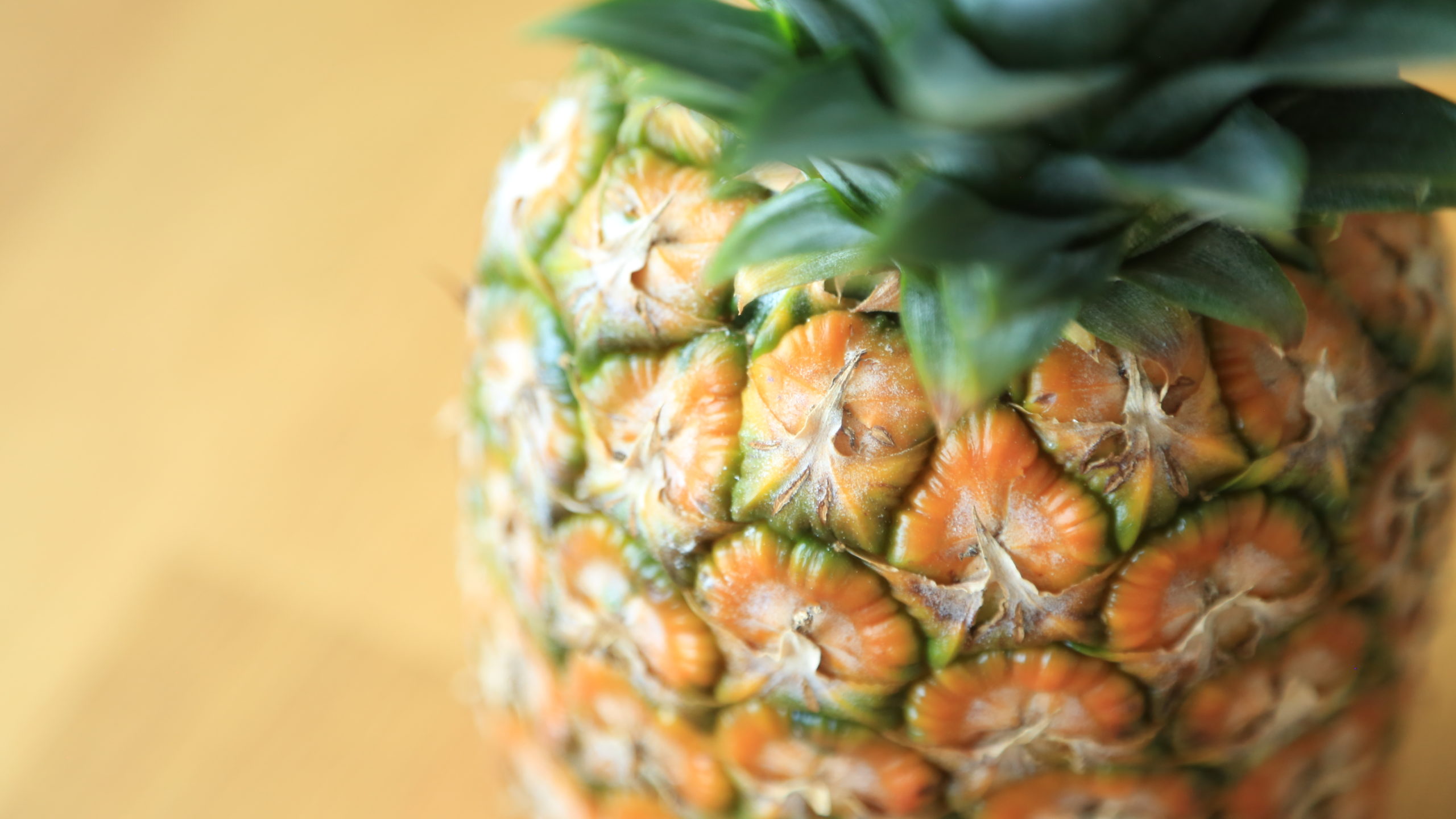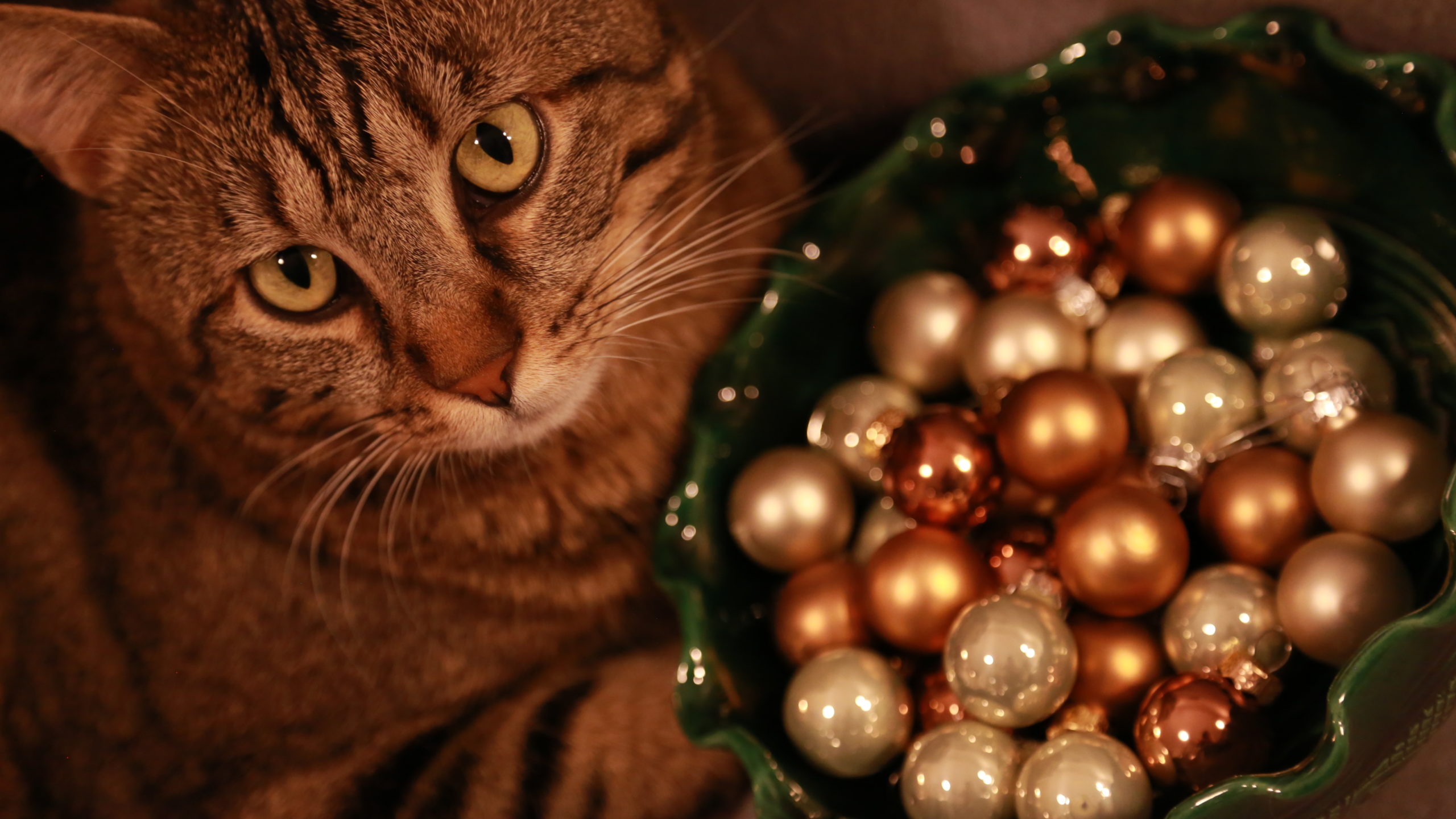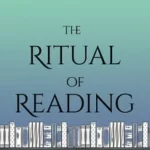Hello friends, and Happy New Year ! Or should I say Happy Chinese New Year, since our first meeting of 2025 is dedicated to the most important celebration of Chinese culture and an opportunity to start off the year with a great reading adventure. If I’m honest, I think I’ve missed the subtlety of the Far East in my reading lately. And as for a Chinese ritual, my only attempt was right at the beginning of this project, back when I was still searching for my vibe in video storytelling, so please, don’t go back and watch it, it’s embarrassing. I’ll link the blog articles here nonetheless, since they are still a reflection of my impressions on Amy Tan’s writing : my book review of The Bonesetter’s Daughter HERE and a ritual inspired by it HERE.
Since reading rituals are conveniently based on imagination, we’re off, once more, to the enchanted shores of the Yangtze for a journey of the mind and of the senses, that will last here on the blog, from the Chinese New Year day of January 29th, until the Lantern Festival on February 12th, so keep an eye out.
These past few weeks I have been sourcing Chinese inspiration all around me, as a master of ritual should do, and I’ve been delighted to visit one of my favourite French tea shops once more, the Tea Palace, Le Palais du Thé. I went in with my mind set on a fragrant white tea, that I did buy but we’ll speak more of it another time. The great surprise came from the highly knowledgeable young man who welcomed me in the shop. We started one of those charming Parisian conversations you get to experience in specialty boutiques, where people are passionate about the products they offer, and have a unique way of making you feel not only welcome, but special, since you chose to step through their door. He offered me a sample of a delicate white tea that would enchant me, he said, and now, I’m getting in the mood for my afternoon reading, with this organic Bai Mu Dan tea.
Bai Mu Dan, literally translated to “White Peony” is a famous white tea from China, a favourite among white tea specialists for its full, rounded palate. Composed of leaves of all kinds in their natural state (silver buds, first and second leaves, stems), this is a particularly unique harvest. Most White Peony teas have a fruity profile, lightly floral at times. But this one, with its woody taste is reminiscent of ripe autumn fruits, hazelnut and chestnut. A subtle experience to awaken my senses for the books I’m about to discover.
These past few days, I’ve been under the spell of an enchanting tale set in a less than enchanting historical context : Dai Sijie’s novel Balzac and the Little Chinese Seamstress.
As a child born in the last years of Communist Romania, I have long thought that contemporary art in every form, has a tendency to get stuck in the wounds of the past. Having understood what life was like in those dark decades, I felt we needed to heal and look either towards the future in order to rebuild, or to the light of the past, since every culture has a valuable heritage,no matter the tragedies or misfortunes. Yet recent history has shown me that what I had considered a lesson learned, was not the case across the general population. In the light of this shocking discovery, I have revised my attitude, in this case concerning literature, and have been reading many of the Chinese authors who focus on the Cultural Revolution, from a different perspective.
Balzac and the Little Chinese Seamstress is the story of two city boys, exiled to a remote mountain village for re-education during China’s infamous Cultural Revolution. Their sin ? Being the children of intellectuals, having been brought up in homes with books and music, having a free spirit and a mind of their own. Revolting, right ? And yet, the beauty of Dai Sijie’s tale, is in the wisdom of simplicity. The boys discover a secret stash of Western classics in Chinese translation, and dive greedily into Balzac’s world, as if they were coming up for air. This is their opportunity to transcend a gloom reality, and imagine another world that they present, as a most endearing flirtation, to the daughter of the local tailor.
This is a story of youth and its resilience, of darkness that no one should experience, and of that uniquely human quality of hope. History has showed us time and time again that the one thing no oppressive regime can crush, is the human soul. And from what might seem a sorrowful story, I took a feeling of lightness, maybe brought on by their young age, and certainly underlined by an author that, despite having experienced re-education during the Revolution, has never let his light stop shining.
I’ve also been preparing my Chinese rituals by revisiting the National Museum of Asian Art, here in Paris, the Musée Guimet. Their current exhibition on the glory of the Tang Dynasty has been the perfect opportunity to fill the museum shop with temptations made for readers just like me. And one of the treasures I found, is this voyage through the poetry of the Tang era, through the lens of Nobel Prize laureate for literature of 2008, Jean-Marie Gustave Le Clézio. This is an unusual yet delightful discovery for me, since the book is at a crossroads between a poetry anthology and a collection of essays that draw the historical and literary context needed to better understand the poems. Chapters about famous authors intertwine with essays about concepts and motifs omnipresent in Tang poetry. Grace, compassion, love or war, are found both in the verse and in the illustrations that bring everything together. An immersive experience, a return to poetry that awakens the senses.
My Chinese reading adventure has just begun. And if you’ve been following my video explorations of literature over on YouTube, rest assured. This festive Chinese period will end with a new release to celebrate my most cherished reads. In the meantime, you’re invited to follow along here, on the blog. And if you enjoy the immersive sound of my usual rituals, you’ll certainly enjoy the audio version of this blog post on my newly released The Ritual of Reading Podcast, an opportunity to pause for a few minutes, and travel with me.
Until next time, happy reading !
If you would like to support The Ritual of Reading, please consider purchasing your books from the Bookshop.org dedicated site by clicking the link below. You get to support local bookstores and I make a small commission with every purchase. Thank you !

